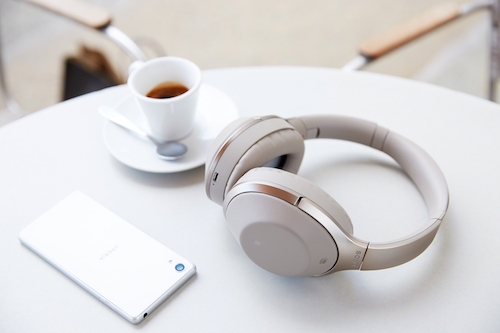Tech Review: Sony MDR-1000x Noise Cancelling Headphones
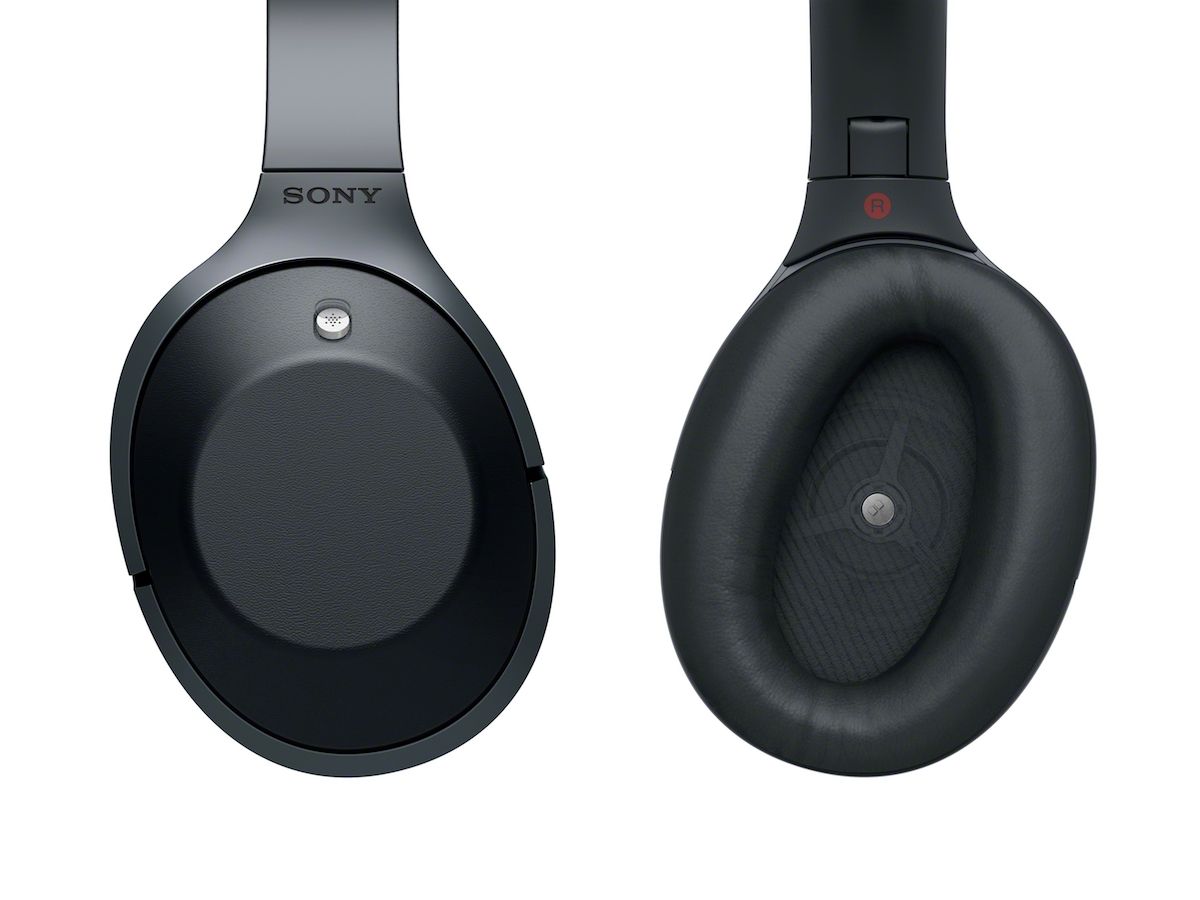
For years now I have had a love/hate relationship with Noise Cancelling headphones; for a few reasons but mainly cost and sound quality. As a result, I have never pulled the trigger on a pair of Bose Quiet Comforts despite being close many times in the past.
Well that all changed when I tried the new Sony Noise Cancelling headphones - the MDR-1000x's. I finally pulled the trigger on these when they went on sale for $399 vs the normal rrp of $699.
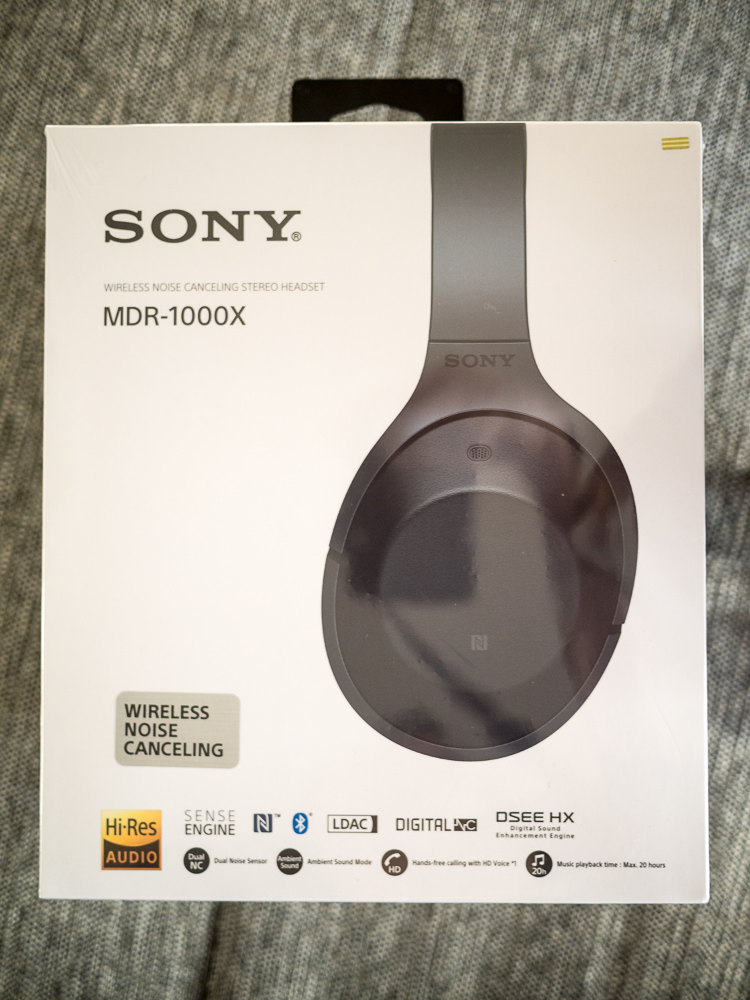
The MDR-1000x's are Bluetooth Noise Cancelling headphone that is very similar in design and aesthetics to the Bose QC35's. They were released back in September last year and have gained quite a bit of attention.
What's in the Box
The Sony's come packaged in a nice fold open box that opens to reveal a hard zip up storage case.

The headphones then perform an acrobatic twist and swivel to fit into the case, again very similar to the Bose couterpart.
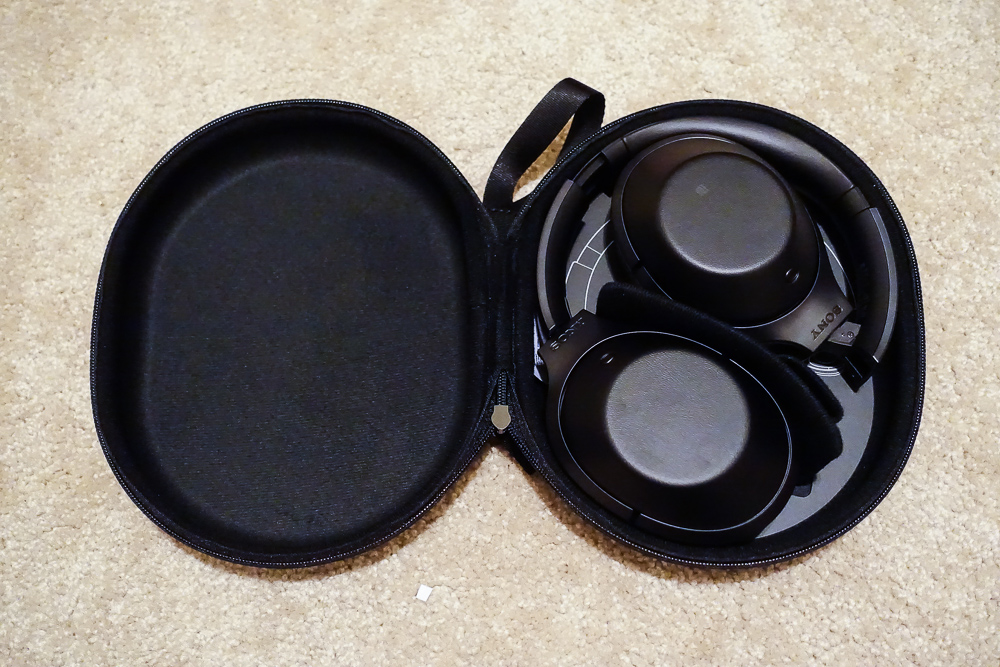
Sound
Let's face it, you could have all the feature in the world, but you ultimately buy headphones for sound quality. The MDR-1000x's share the same drivers as the exceptional MDR-1A's that Sony released a few years ago.
Overall I was very impressed with the sound quality of the MDR-1000x. Noise cancelling provides all sorts of challenges for sound quality and headphone manufacturers tend to do a fair bit of processing and EQ tweaking to try and compensate. The Sony's do a fantastic job of providing a nice natural sound stage with even high's, mids and lows. What is even more impressive is that even with Noise Cancelling switched off and the headphones plugged in via cable in passive mode with no processing or EQ they still sound great.
If I was to compare them to my PSB M4U headphones (similar sort of cost) that are very well regarded in terms of overall sound quality, I would say they come pretty close. They are not as flat as the PSB's and certainly have a more aggressive EQ but they are nice to listen too.
Bluetooth
The Bluetooth pairing process on the MDR-1000x's couldn't be simpler. You just hold the power button down and you get a voice prompt saying Bluetooth pairing has started and you are good to go.
It is also worth pointing out the MDR-1000x's support SBC, ACC and AptX as well as Sony’s proprietary LDAC codec for their hi-res players. Unfortunately Apple neglected AptX in the iPhone 7, but my MacBook Pro supports an AptX connection and there is a notable sound difference between AptX and the default SBC/ACC on the iPhone.
Interestingly the Bose QC35's do not support AptX and only support SBC and ACC.
Controls
Sony has introduced a novel and convenient way to control the headphones, all the normal buttons are on the bottom of the left ear cup. You have a power button, a button to toggle noise cancelling on and off and a button to trigger the ambient noise modes. There is also a port to plug a 3.5mm normal headphone cable in if you want to use the headphones wired instead of Bluetooth.
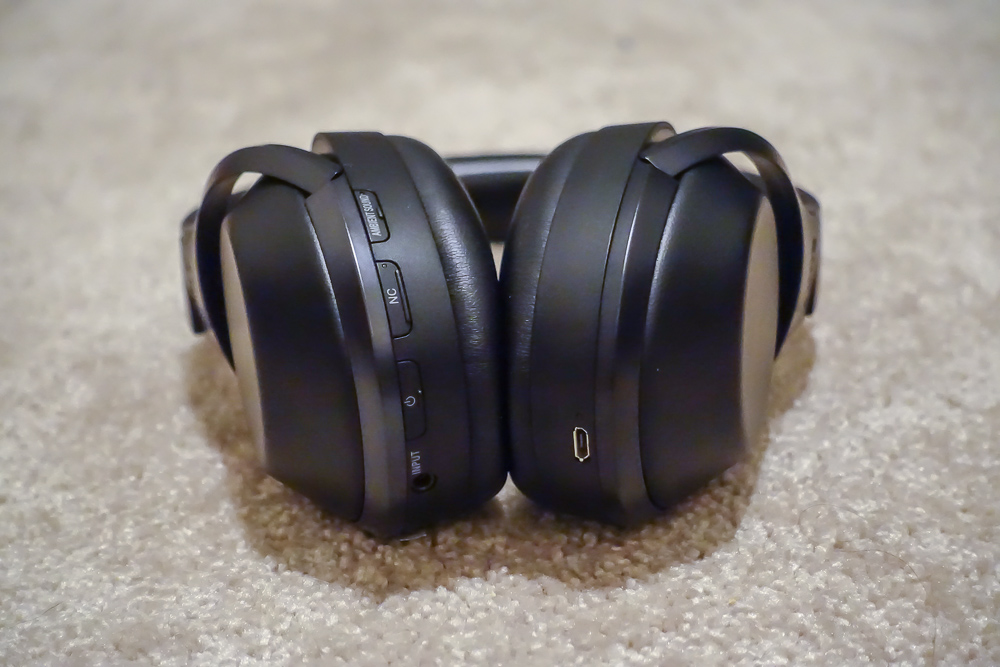
But what is really cool is the introduction of touch controls, which once you get used to, works really well and are much simpler to use than finding the correct button while the headphones are on your head. Essentially the entire right ear cup is touch sensor. They have set it up like a normal D-Pad, you can swipe up and down to increase/decrease volume and left and right to skip forward or back in your playlist. You can tap to start and stop the track or answer the phone.
I was originally very sceptical of this method of control and thought it would end up being a PIA to actually operate, but once I was used to it I was pleasantly surprised, it actually makes things very simply and you don't end up pressing the wrong button by accident.
Noise Cancelling
Solid Noise cancelling is one thing that Bose has held the trophy on for years. They really pioneered Active Noise Cancelling and no one has been able to compete with any real credibility for awhile now. Several people have come close but not to the same level.
Sony has really pulled out all stops with the Active Noise Cancelling in these things. I haven't had extensive listening time with the QC35's but I have with the QC25's and I would say the Sony's are 90% of the way there. They provide a solid noise cancelling experience, I also don't notice the pressure build up that I have experienced on cheaper noise cancelling headphones.
Sony has also introduced some interesting noise cancelling features such as the ambient noise mode. You can trigger this two ways, either by pushing the 'Ambient Noise' button which lets a certain amount of background noise in so you can hear what is going on around you. But you can also trigger a 'quick ambient noise' mode by simply holding your hand over the right ear cup this dims the music and pumps the ambient sounds into the headphones, this feature is AMAZING!, especially if you use your headphones in an environment where someone may try and talk to you.
Conclusion
The MDR-1000x's are feature packed, with Sony taking every opportunity to jam advanced features in. They are a natural competitor to the Bose QC35's and you will find many people doing direct comparisons and ultimately it will come down to personal preference on audio style as to which you prefer so I encourage anyone who is in the market for ANC headphone to listen to both side by side.
I personally prefer the sound profile of the Sony's and think Sony have done an amazing job and really raised the bar to provide Bose with some competition in the space which is great.
